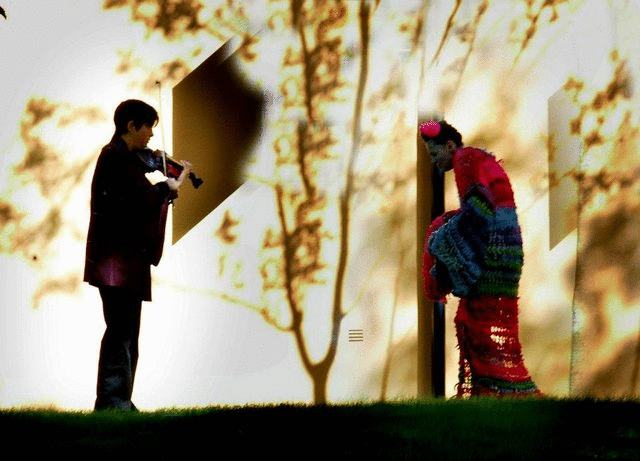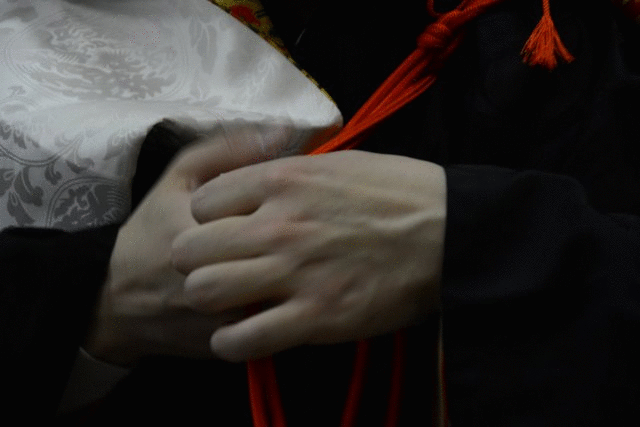Ki-mono Reconstruction Project
Ki-mono means a thing to wear, to carry on yourself... What do you carry on? What do you carry with you? Between rooms, empty space, a new room beyond East and West, kitchen reflections, ideals and femininity ... a space for both the cultures to meet.
KI-MONO becomes here a canvas on which to paint freely and unrestricted, to combine western and eastern cultural aspects, visual traditions, roots, preferences and ideals of beauty.
It started as an attempt, as an artistic challenge to approach, in order to re-design something so Japanese and untouched as a kimono-garment, Westernism to Japanism. But this work soon shown to be a journey…
shortly it become an exploration of the influence of tradition on women's role and position in society. The Ki-mono Project becomes a voice in a cross-cultural discussion on ideals of beauty and femininity ... a space for both the cultures to meet.
Through the layers of fabrics one can see the past that becomes part of the future.
Like the many layers of kimono, one needs to open one after another to see the image, to see the kimono, to see the woman. The original image, roots, the origins, story, and the Time.






















